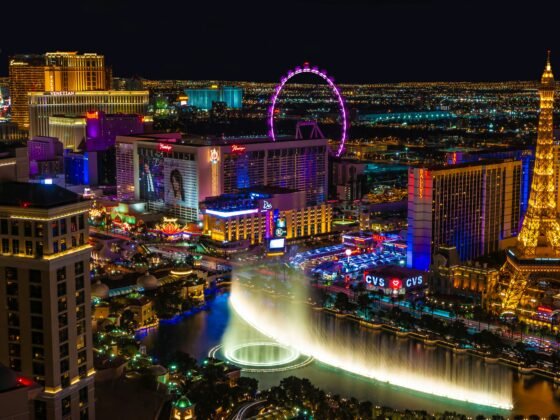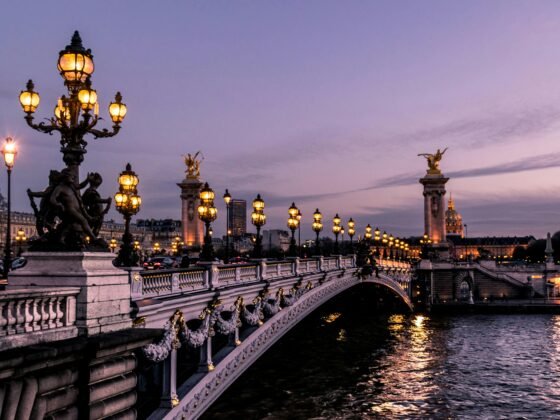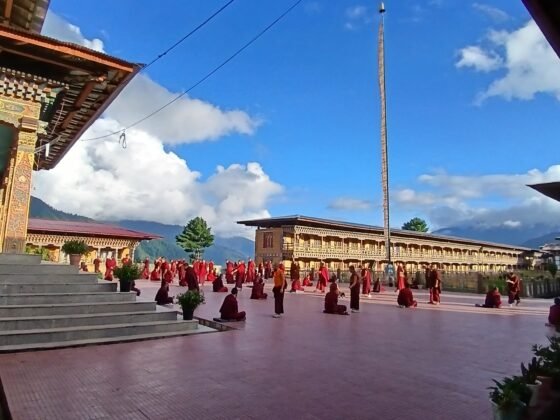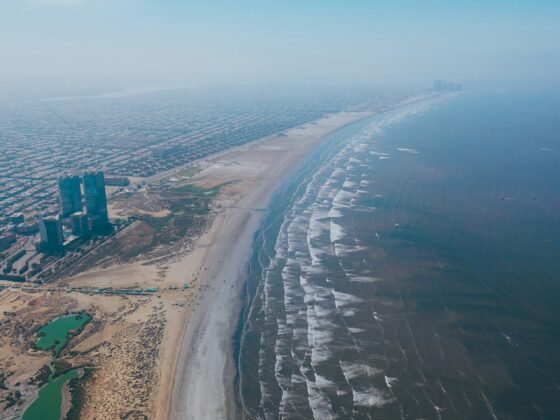The charming Old Town area of Vilnius boasts the oldest Baroque district in Europe: where the skyline is studded with church spires and the quaint streets are laden with imposing palaces, soaring towers, magnificent cathedrals, engaging art galleries and curious museums. No wonder this little gem is both UNESCO listed and a former European Capital of Culture City.
Get to grips with the Old Town on Pilies Street – Vilnius Old Town area is known as ‘Senamiestis’ and dates back to the medieval period, in fact parts of the old defensive wall are still visible today. The Old Town grew from its humble roots as a wooden city and today boasts architectural gems spanning Classicism, Renaissance, Gothic and Baroque. And the best way to get your bearings is to make a beeline for Pilies Street, the city’s main hub, centered around streets markets, cafes and of course, an abundance of cultural sights.
Vilnius Cathedral – This Baltic city is dominated by the exquisite Cathedral of St. Stanislav and St. Vladislav (to give it its full name) which dates back to the 13th century. The highlight is the 14th century Lithuanian fresco which is located in the vaults – the oldest in the country. It’s also the most important Catholic Church in Lithuania and also holds the majority of the annual folk and national festivities.
Gates of Dawn – At the turn of the 16th century, five gates were erected within the city’s walls, of which only the Gates of Dawn survive today. This structure is of significant importance throughout the world as it’s dedicated to the Virgin Mary with an exquisite painting of the Blessed Virgin Mary in the chapel.
Presidential Palace – The handsome classical-styled Presidential Palace sits majestically within the Simonas Daukantas Square. Dating back to the 16th century it has served a nobleman’s house as well as a palace and office for serving bishops and Lithuania’s presidents. Under the Russian Empire, the ruling Governor General received such guests as King Louis XVIII of France and Emperor Napoleon Bonaparte.
House of the Signatories – This landmark building dates back to the 17th century and has played its part in Lithuania’s heritage. Located in Lilies Street, it’s something of a historic landmark as on 16 February 1918, the Act of Independence was signed here.
National Museum of Lithuania – Simply unmissable! This is the oldest museum in the country and, as you’d expect, contains the greatest concentration of historical heritage in its engaging exhibits. Established as the Museum of Antiquities in 1855, the museum’s authentic displays tell the story of Lithuania through the ages.
Vilnius Dungeons – Mystery abounds as the real purpose and true extent of these medieval dungeons that stretch extensively beneath Vilnius. What we do know is that there are over 4,000 naturally mummified skeletons contained within the eerie dungeons.
Slushko Palace – Dating back to 1690, this imposing Baroque palace is located on the Neris Rivers; left banks. Slushko was often used as a stand-in after the damaged Royal Palace was out of service and in fact Peter the Great resided here for four years!
Church of St. Anne – Something of a symbol within the city is the red-hued Church of St. Anne which is lauded for its Flamboyant Gothic style. Unchanged for more than 500 years, this church undoubtedly helped earn Vilnius its UNESCO listing.
Vilnius Castle Complex – Head up Pilies Street towards the imposing 10th century castle complex, which actually consisted of three defensive castles. Also within the complex are the Royal Palace, aka the Palace of the Grand Dukes of Lithuania, the Vilnius Castle Museum and the iconic Gediminas’ Tower.
The Vilnius Castle Museum was opened in 1960. An observation deck on the top of the tower is the best place from which to appreciate a magnificent panorama of Vilnius. The Place was rebuilt in the early 19th century which was a shame as the 15th century former splendour was lost, although today there are tours that explore the historical and architectural progress as you wander the vast ceremonial halls in all their elegance. And for the best panoramic views over Vilnius make the climb to the top of the Gediminas’ Tower.
Vilnius Travel Facts
By Air: Vilnius International Airport (VNO), 6 km south of city center
By Public Transport: Buses, trains and taxis cover the city and beyond
Currency: Lithuanian Litas (LTL)
Time difference: GMT +2 hours
Visa and travel advice: FCO
More information: via the PureTravel Lithuania Travel Guide












